
2600: The Hacker Quarterly is an American seasonal publication of technical information and articles, many of which are written and submitted by the readership, on a variety of subjects including hacking, telephone switching systems, Internet protocols and services, as well as general news concerning the computer "underground."
Legal deposit is a legal requirement that a person or group submit copies of their publications to a repository, usually a library. The number of copies required varies from country to country. Typically, the national library is the primary repository of these copies. In some countries there is also a legal deposit requirement placed on the government, and it is required to send copies of documents to publicly accessible libraries.
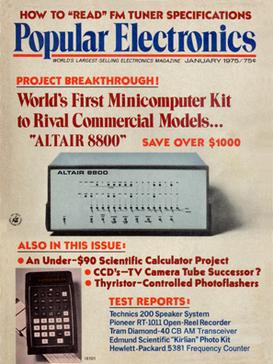
Popular Electronics was an American magazine published by John August Media, LLC, and hosted at TechnicaCuriosa.com. The magazine was started by Ziff-Davis Publishing Company in October 1954 for electronics hobbyists and experimenters. It soon became the "World's Largest-Selling Electronics Magazine". In April 1957 Ziff-Davis reported an average net paid circulation of 240,151 copies. Popular Electronics was published until October 1982 when, in November 1982, Ziff-Davis launched a successor magazine, Computers & Electronics. During its last year of publication by Ziff-Davis, Popular Electronics reported an average monthly circulation of 409,344 copies. The title was sold to Gernsback Publications, and their Hands-On Electronics magazine was renamed to Popular Electronics in February 1989, and published until December 1999. The Popular Electronics trademark was then acquired by John August Media, who revived the magazine, the digital edition of which is hosted at TechnicaCuriosa.com, along with sister titles, Mechanix Illustrated and Popular Astronomy.

PC PowerPlay (PCPP) is Australia's only dedicated PC games magazine. PC PowerPlay focuses on news and reviews for upcoming and newly released games on the Microsoft Windows platform. The magazine also reviews computer hardware for use on gaming computers. The magazine is published by Future Australia.
Your Computer was an Australian computer magazine published by the White House Publishing Group and printed by The Lithgo Centre, Waterloo. Starting with the very first issue in May/June 1981 at the recommended price of $2.00. Around 1985 the magazine was later published by Federal Publishing Company and printed by Macquarie Print. The monthly magazine's final issue was May/June 1997. The first editor of the magazine was Les Bell.
Apple Computer, Inc. v. Mackintosh Computers Ltd. [1990] 2 S.C.R. 209, is a Supreme Court of Canada case on copyright law regarding the copyrightability of software. The Court found that programs within ROM silicon chips are protected under the Copyright Act, and that the conversion from the source code into object code was a reproduction that did not alter the copyright protection of the original work.
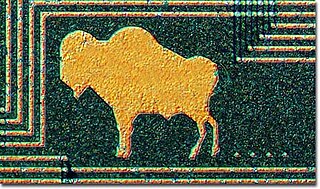
Chip art, also known as silicon art, chip graffiti or silicon doodling, refers to microscopic artwork built into integrated circuits, also called chips or ICs. Since ICs are printed by photolithography, not constructed a component at a time, there is no additional cost to include features in otherwise unused space on the chip. Designers have used this freedom to put all sorts of artwork on the chips themselves, from designers' simple initials to rather complex drawings. Given the small size of chips, these figures cannot be seen without a microscope. Chip graffiti is sometimes called the hardware version of software easter eggs.
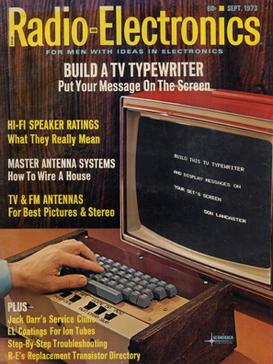
The TV Typewriter is a video terminal that could display two pages of 16 lines of 32 upper case characters on a standard television set. The design, by Don Lancaster, appeared on the cover of Radio-Electronics magazine in September 1973.
Electronics Today International or ETI was a magazine for electronics hobbyists and professionals.
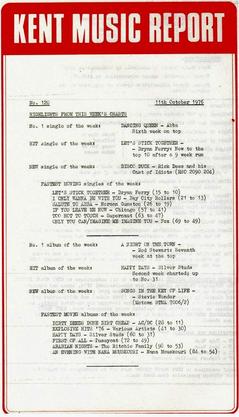
The Kent Music Report was a weekly record chart of Australian music singles and albums which was compiled by music historian David Kent from May 1974 through to January 1999. The chart was re-branded the Australian Music Report (AMR) in July 1987. From June 1988, the Australian Recording Industry Association, which had been using the top 50 portion of the report under licence since mid-1983, chose to produce their own listing as the ARIA Charts.
Altium Limited is an American - Australian multinational software company that provides electronic design automation software to engineers who design printed circuit boards. Founded as Protel Systems Pty Ltd in Australia in 1985, the company has regional headquarters in the United States, Australia, China, Europe, and Japan. Its products are designed for use in a Microsoft Windows environment and used in industries such as automotive, aerospace, defense, and telecommunications. Its flagship product, Altium Designer, is a software for unified electronics design.
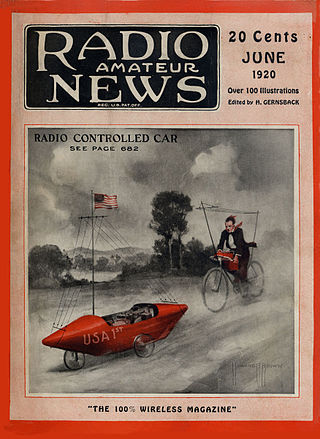
Radio News was an American monthly technology magazine published from 1919 to 1971. The magazine was started by Hugo Gernsback as a magazine for amateur radio enthusiasts, but it evolved to cover all the technical aspects to radio and electronics. In 1929 a bankruptcy forced the sale of Gernsback's publishing company to B. A. Mackinnon. In 1938 Ziff-Davis Publishing acquired the magazines.
Electronics Australia or EA was Australia's longest-running general electronics magazine. It was based in Chippendale, New South Wales.
Feist Publications, Inc., v. Rural Telephone Service Co., 499 U.S. 340 (1991), was a landmark decision by the Supreme Court of the United States establishing that information alone without a minimum of original creativity cannot be protected by copyright. In the case appealed, Feist had copied information from Rural's telephone listings to include in its own, after Rural had refused to license the information. Rural sued for copyright infringement. The Court ruled that information contained in Rural's phone directory was not copyrightable and that therefore no infringement existed.
The copyright law of Australia defines the legally enforceable rights of creators of creative and artistic works under Australian law. The scope of copyright in Australia is defined in the Copyright Act 1968, which applies the national law throughout Australia. Designs may be covered by the Copyright Act as well as by the Design Act. Since 2007, performers have moral rights in recordings of their work.
Limelight is an Australian digital and print magazine focusing on music, arts and culture. It is based in Sydney, New South Wales. Originally published in 1976 by the Australian Broadcasting Corporation (ABC), as ABC Radio 24 Hours, or simply 24 Hours, since March 2018 it has been published independently by Limelight Arts Media, owned by music lovers Robert Veel and Bruce Watson.
Maximite Microcomputer is a Microchip PIC32 microcontroller-based microcomputer. Originally designed as a hobby kit, the Maximite was introduced in a three-part article in Silicon Chip magazine in autumn of 2011 by Australian designer Geoff Graham. The project consists of two main components — a main circuit board and the MMBasic Interpreter, styled after GW-BASIC.
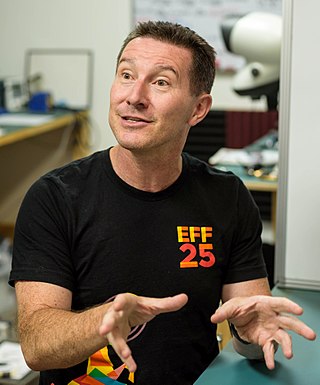
David L. Jones is an Australian video blogger. He is the founder and host of EEVBlog, a blog and YouTube channel targeting electronics engineers, hobbyists, hackers, and makers. His content has been described as a combination of "in-depth equipment reviews and crazy antics".
Nomad Africa is a Pan-African quarterly issue magazine, published in Johannesburg, South Africa, by 2414 Publishing (Pty) Limited a subsidiary of 2414 Media Group. The prototype magazine of Nomad Africa Project was published in January 2012 and its reception was positive, resulting in an increased demand in Africa as well as internationally, so that distribution for the November 2015 printed edition already exceeded 65,000. 2414 Publishing (Pty) Ltd took over the Nomad Africa brand in 2015. Since 2015 up until the present moment, 2414 Publishing has grown the brand to become a high end retail magazine in Southern Africa as well as being distributed in selected African countries and in VIP lounges of international airports, business class sections of selected airlines, Four and Five Star Hotels. 2414 Publishing (Pty) Ltd encompasses associated media and digital platforms under its publishing umbrella.

Wireless Weekly was Australia's first news-stand wireless magazine, published in 1922 in Sydney by William John Foster St Clair Maclardy and his father William McIntyre St Clair Maclardy. W. J. Maclardy was one of the founders of the "A" Class radio station 2SB. It arose from conversations between Florence Violet (Vera) McKenzie OBE, aka 'Violet Wallace, 'Vera Wallace' and later 'Mrs Mac' (1890-1982), who owned a wireless shop in the Royal Arcade, Sydney, Ron Marsden her engineer, and Maclardy. The front cover featured a photo of amateur radio activity.








